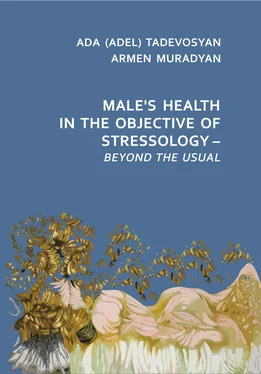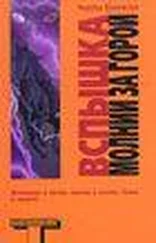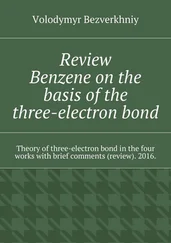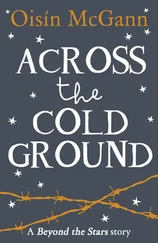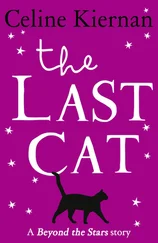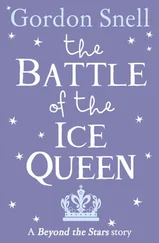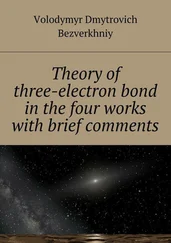Emotional stress. The term appeared when the concept “stress” was transferred from biology to psychic (mental) reactions occurring under critical conditions. These reactions were called “emotional stress” which includes emotional reactions to stress (anxiety, fear) and somatovegetative symptoms caused by sympato-parasympatic nervous system. Actually, the emotional stress implied affective experiences separating them from non-specific stressor sympatocomplex of physiological changes in human body. “Intellect or feelings”, “mind or emotions”, “please, no emotions” – that is an incomplete list of common expressions reflecting different attitudes to emotionality and intelligence.
G. Hegel rightly noted that for intellect “…the difficulty is to get rid of the once loosely admitted by it division between the feeling and the thinking spirit and to come to the view that in man there exists only a single intelligence in feeling, will and thinking”.
With the lapse of time the term “emotional stress” has undergone a series of transformations. Thus, the second half of the last century was marked with descriptions of psychosocial models of stress, the models of response not only by the body, but by man as a whole, not only to the changing environment, but also to the psychosocial stressors. It was all about the search for a “medical” model of stress (H. Wolff, 1953), to substantiate the association between social changes and the health of population. This conformity is nowadays considered universal. The social-psychological approach to the medical model of stress is represented by several theories. The theory of loss by P. Marris (1974) assumes that each of us is a holder of some fundamental and universal beginning aimed at sustaining everything that regularly occurs in our environment attaching to it a subjective and personal meaning. Social changes are experienced as losses, disrupting the structure of interpreting the environment, thereby deeply hurting the personality. The traumatic situation (from Latin trauma – injury, wound) mentally traumatizes a person and provokes a storm of emotional experiences often in the form of affects. Therefore, the mental stress is conventionally considered to be the emotional sphere . Such view on its nature is due to the specificity of perception of stressor. At the first moment of perception anxiety and fear come to the fore limiting a judgment about the occurring and the gnostic (from Latin gnosis – cognition) and volitional components are negligible. This link is provided by activation of the autonomous neural axis as bioelectrical effect.
Some medical models of emotional stress development are described: the model of “biosocial resonance” by G. Moos (1973); the formalized model of the effect of social disintegration on health by D. Dodge, W. Martin (1970); the linguo-structuralist theory by R. Totman (1979); the theory of salutogenesis by A. Antonovsky (1979). It can be assumed that researchers of stress pursued one goal: to convince people living in the epicenter of stressful life and professionals in medicine (and they are men in their majority) that there exists the dependence of human health and longevity on the psychosocial structure of life and peculiarities of its perception. As a result emotional experiences have shifted to the category of the causes of developing stress. Thus the term “emotional stress” appeared.
Traumatic stress . It is not just a terminological kaleidoscope around the same phenomenon, but rather an understanding of the difference between diverse emotional, behavioral, somatic reactions of man on different stressors. The knowledge accumulated in the field of stress study has shown that not always the intensity of the stressor is of primary importance.
Lazarus and Folkman while delimiting the field of stress aftermath, considered only moderate stress. Different comprehension of the role of stress “intensity” (that might be light, moderate and traumatic) led researchers to different findings. Furthermore, for a long time, studies of post-stress disorders in human developed independently of stress studies. The whole problem rested on the stereotype approaches that had been adopted as the stress theory developed for the body, while the post-stress disorders were considered responses of the personality involving the body, psyche, consciousness and will. Man responds to environment with his conscious psycho-bodily unity and the aftermath effects are a vector complex systemic response to traumatic events. The generalization of multiple research results of different aspects of traumatic stress described as the structure of self (Laufer); a cognitive model of the world of the individual (Yanov-Boulemane); the affective sphere (Kristal); the neurological mechanisms controlling the processes of learning (Kolb); the memory system (Pittman); emotional learning (LeDoux Romanski) are obvious proofs that the post-stress process involves the entire complex system of man. The leading element is the human ability to attach meaning to any, sometimes even indifferent stimulus (a phone call, the night phone call, a special knock on the door, sleep, crow’s cry). Stress becomes “traumatic” when the meaningful significance of what has taken place results in disorders in the psychosomatic sphere, which is similar to the physical injury – hence is the name (mental injury, mental crash-syndrome). However, in contrast to a physical injury a mental wound can be invisible; it does not impress bystanders with a bloody mash of muscles, vessels and nerves. A spiritual crash-syndrome is a “silent volcano” that can burst at any time, at any place, by any kind of suffering.
In the concept of traumatic grief of Linderman (1944) and “syndrome of stress reaction” of Horowitz (1986) a factor of “time” after trauma during which a person experiences mental discomfort, anxiety, aggression and grief, occupies a special place. As a result the term “chronic stress” appeared alongside with the term “acute stress”. Chronic stress assumes remote aftermaths occurring after disappearance of stressor effect.
Opponents of the concept of a unified mechanism of stress and post-stress disorder, being aware of the affinity of these concepts, suggest using the term “stress” for correctness, to denote the immediate response to stressor and the term “post-traumatic mental disorders” for delayed reactions to the traumatic stress. We think that such “correctness” would adversely affect the understanding of an integral process.As a result, comparison would be done to quite differing conditions, for stress in its classical meaning is a normal response of the body to a stressor, while PTSD is a disease. They are however connected via the integral mechanism of stressogenesis, which changed its function; the function of protection became the function of destruction. It is here that an “impassable” barrier to see the unity of stress and post-stress disorders appears, the emergence of which is connected with the fact that stressogenesis as a normal adaptation reaction becomes a pathogenesis of post-stress disorders. Flashbacks, imagination stipulate transition from acute stress to chronic depriving it from the main peculiarity – discrecity, moving to the category of permanent processes entailing conversion from the norm to pathology.
In her early works (2002–2011) A. Tadevosyan described traumatic stress under the name of APES – Antropogenic Psycho-Emotional Stress thus underlying its specificity already in the name. APES is specific for man and contains both emotional and cognitive components, the proportion of them varying depending on the memory peculiarities of a particular person, his personality, peculiarities of perception, content and duration of the state of grief. Resulting from the interaction between the stressor and the mental vulnerability of man, a state of deadaptation has a number of specific features relevant to man only, which mark its distinction from the emotional stress in general (A. Tadevosyan, 2002, 2003, 2011). An individual, having suffered a mentally traumatic situation himself or as its witness, experiences the emotional stress as an acute state. Actually, this first phase of stressor response as the first step of man’s response to a traumatic event can be easily modeled on animals. When the first emotional outbreak (shock) of traumatic experience somewhat calms down man begins to think over what had happened; memory, comprehension are turned on, the past, present (the cognitive component of the psyche) are assessed often from the standpoint of loss for the person himself. The trauma acquires the category of meaning for a particular man. “The meaningfulness” of injury, its sense results from processing the life entire past, present aimed at the search for “anchors” for the future. Sometimes it takes quite a long time to interpret what happened in detail; during this period “molecules” of emotions of various qualities, various intensities and duration are released. The variety of emotional experience of this period depends on what man remembers about stress, what the content of his traumatic memory is. The emotional palette when alone ( stress outprice ) can be very dynamic and manifold: from anger, wrath, to the sense of guilt, despondency. The flow of these conditions may be undulating: the emotional tension going up and down. Thus usually the emotional discharge proceeds gradually reducing the destructive activity of the injury – “time heals”. However, there are cases when deliberation of what happened may be accompanied by a growing emotional experience intensified by assuming a personal role in the loss, the rejection of a random set of circumstances, self-blame. This can result in self-generation of an affect with suicide or alcoholization, psychopathology or somatization of the injury. Thus, processing of the event may be accompanied by the second emotional wave, which in a number of cases is much stronger than when it really happened. This stage includes a new phenomenon of the evolution – consciousness and imagination.
Читать дальше
